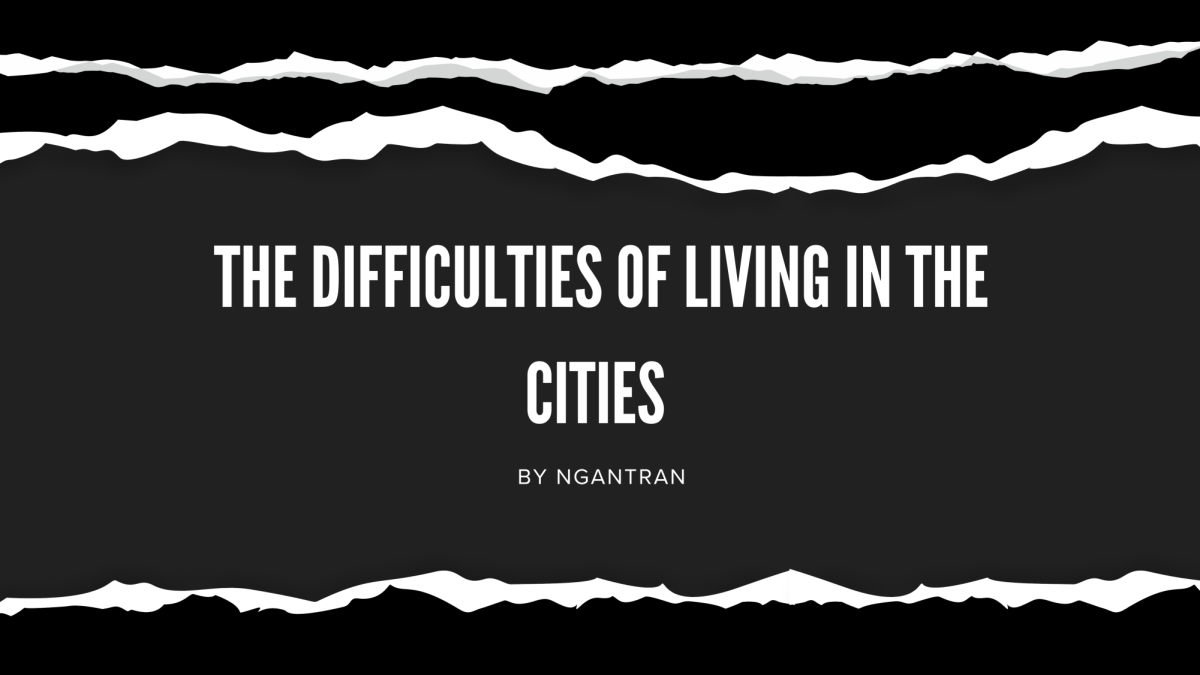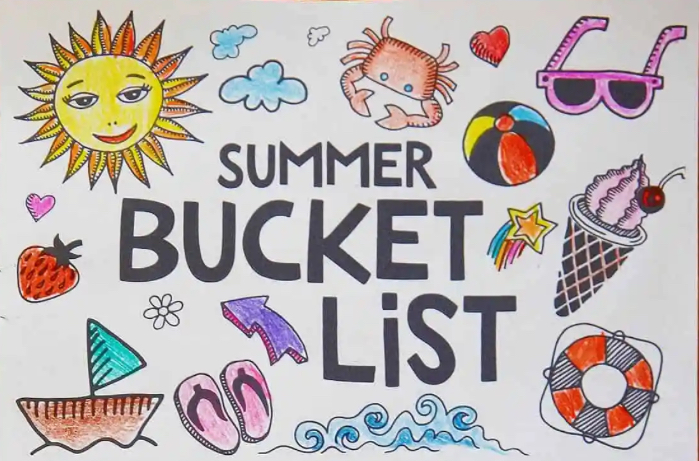Dress code is a topic that has been in huge debates, being widely spoken about amongst different groups of people, in different areas, and at different times. Throughout the decades there has been one persistent group in particular that speaks about dress code issues the most and that is none other than high school students. They ask, “What is the point of the dress code?” and say things like “It’s unfair.” Oh and don’t forget the “It’s not even distracting to anybody.”
It’s nothing personal for the people who created such rules. It’s just a specific decorum people must have at a certain place, at a certain time. Dress codes are enforced to provide some sort of professionalism around a group of people that everyone is comfortable with, for both men and women. Whether it is at work, school, or even a party. Even if the dress code is something as plain as a black shirt and some black jeans, there is still some type of uniform that is put in place for a reason.
Before I get into some dress code examples let us begin with what the definition of dress code is. According to Wikipedia, “A dress code is a set of rules, often written, with regard to what clothing groups of people must wear. Dress codes are created out of social perceptions and norms, and vary based on purpose, circumstances, and occasions.”
This, quite frankly, is highly understandable, especially in a workplace where you must impress customers to sell products and in school to stay focused on the work and not the drip. We do understand everybody would like to wear whatever they want but in the real world, it cannot happen like that. Nobody wants to be served by a man wearing cat ears and a collar.
Dress code is something that a lot of countries have and is highly spoken about with its fair share of critics and admiration. So here are some examples that I found of other countries standards on dress code:
According to Commisceo Global, in Argentina, men are required to wear dark suits and women to wear white blouses or long skirts in the workplace, to look more professional. This is understandable because professionalism is key in a workplace. In Japan, students at school must wear traditional sailor suits for girls and gakurans for boys. This uniform is required because it symbolizes youth while also playing an important role in Japan’s culture in instilling discipline among the students. This is a smart move because it lets outsiders know that these are students and it’s a head start for children learning discipline.
While these dress codes aren’t terrible for the most part, other places aren’t so fortunate such as Sudan. Sudan is located near the crossroads of Sub-Saharan Africa and the Middle East. Since Sudan is mostly Muslim, they are required to dress very conservatively, due to their religious perspectives. According to World Vision International, it states, “Women: Western clothes, not tight, not see-through, no sleeveless shirts, no shorts. Short sleeves are acceptable in the city area only. Skirts must be longer than mid-calf length.”
In a warm place such as Sudan, it might be hard to want to abide by the rules all the time. Women can still be punished in places like this for even wearing trousers. Moreover, women aren’t the only ones who get punished for breaking a country’s dress code, men can too. According to the World Economic Forum, it claims that in 2010, seven men who were models for a fashion show were arrested for wearing makeup. They were convicted of indecency and fined.
Although that last example was more about makeup, the men did not follow the “dress code” for guys as guys are not supposed to be wearing makeup only the females are allowed to.
Dress codes are usually implemented for everybody to feel comfortable in the environment that they are present in; however, this isn’t always the case. Many people don’t feel comfortable or feel as if a dress code isn’t something fair, even though it should be. For example, in the workplace women are expected to be always dolled up and “sexy” when going in work because that’s the “look.” Sometimes men tend to get the easy way out of their uniforms just because they’re men

Now, this also goes for female students in school but not with the same idea, but quite the opposite. There are a few rules boys have to follow that don’t get followed, but a couple of them consist of the sagging of pants, the wearing of tank tops, and the wearing of hats. Nothing is ever said to them unless they’re a little on the feminine side of life, but when girls wear tank tops they are considered inappropriate, and they get penalized immediately.
In an interview I had at Santaluces Community High School with De’juh Hickman, she stated, “Honestly, I’m not bothered by the dress code, it’s my last year at this school so I have gotten used to it over time. I like that the dress code is less strict than in previous years, I enjoy wearing my ripped jeans (not severely ripped). I think that letting students wear shorts is fine but I like that the dress code requires the shorts to be a certain length, when in school I believe that appropriate attire is needed. School is about learning not showing your undergarments. In a way, dress codes prepare us for the dress code that will be required in a formal or job-like setting. I’m not saying that the dress code is the best thing in the world, but at least it lets us wear what we want to an extent, I rather the dress code we have implemented now than collared shirts and khaki pants. Despite having a dress code, I am still able to express my fashion sense and personality through the outfits and accessories that I wear daily.”
However, on the contradicting side, another student here at Santaluces stated that “I’ve seen first-hand female students who aren’t on the bigger side of life walk past administration in crop tops and shorts without getting dress coded, just for a big, curvy girl wearing the same thing to get dress coded right after. The dress code specifically targets girls and never the boys, and when rules are enforced they don’t last.”
This is an ongoing issue that only people who are put in these situations seem to see and not the people who are making the rules which is a huge problem. Many individuals especially females do not mind the rules themselves but the targeting against them specifically. There are so many rules for girls, saying not to wear tank tops, crop tops, shorts, bonnets, no this, no that, and yet there are no rules to stop boys from objectifying females.
So the real question is:”How do we stop this?”
Well, it all depends on the people who enforce these rules upon the individuals in question. It’s their choice if they want to keep outdated dress code rules to keep a high reputation within a certain community or if they want to change it and please the people who are obligated to follow these rules.
In my opinion, I feel as though dress code is quite unfair, especially toward curvy black females. I feel that the enforcers of these rules need to become more aware of this inequality in dress code that is overlooked because of favoritism and outdated rules that are useless to keep if nobody is going to follow them. However, I also feel as though students shouldn’t be parading around wearing whatever they want because sometimes certain clothing is inappropriate for school.
















